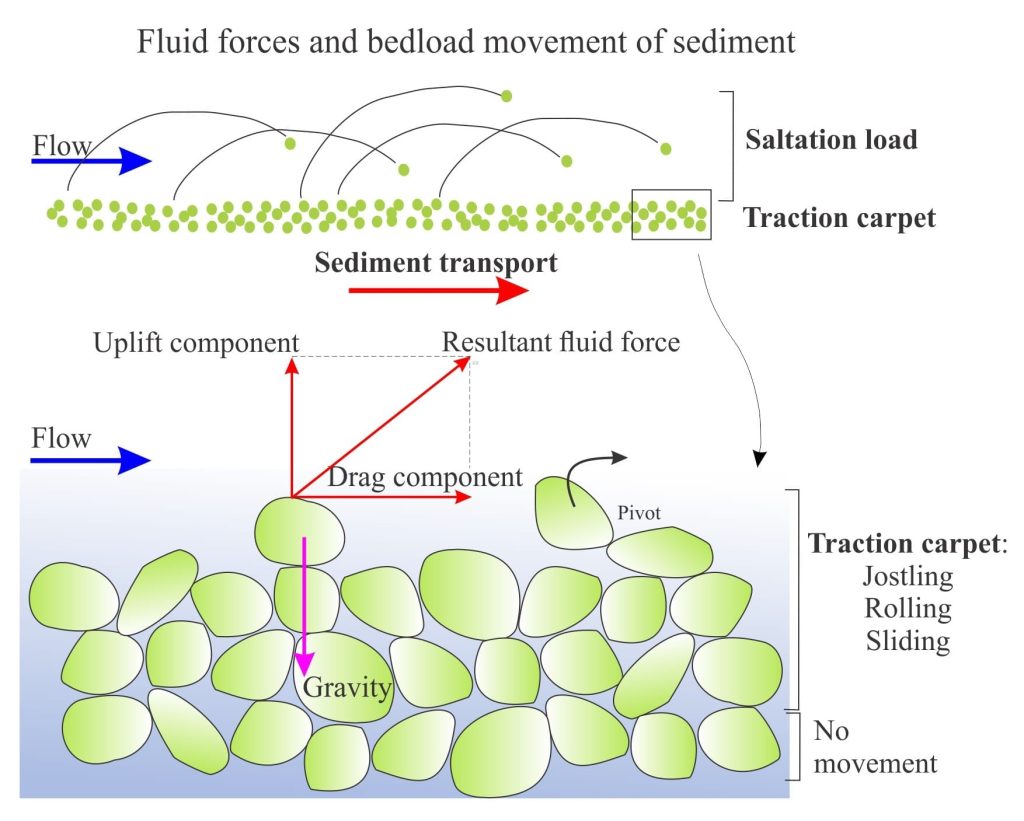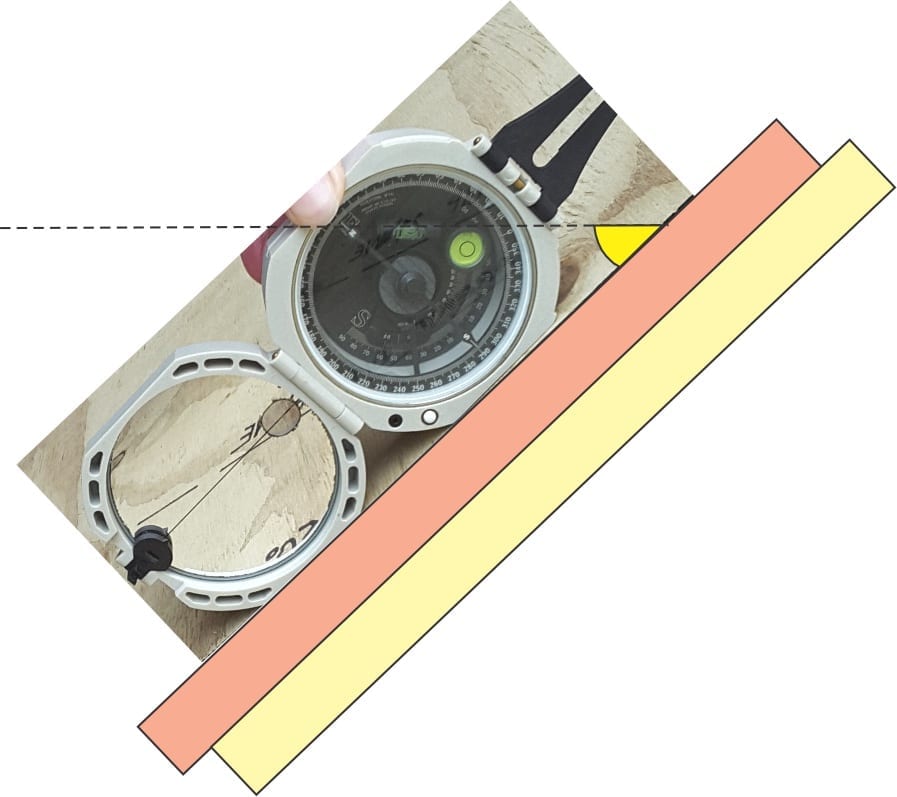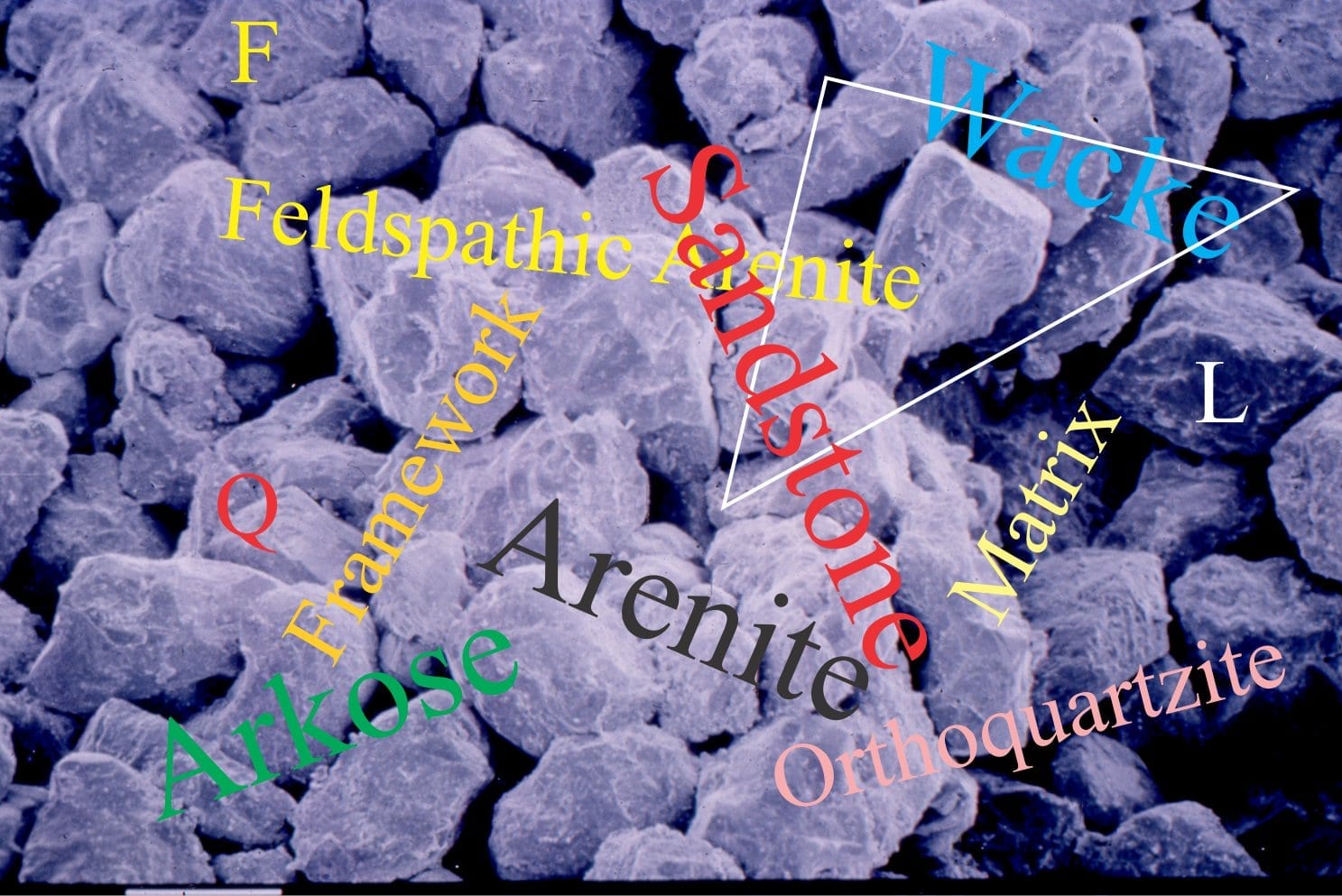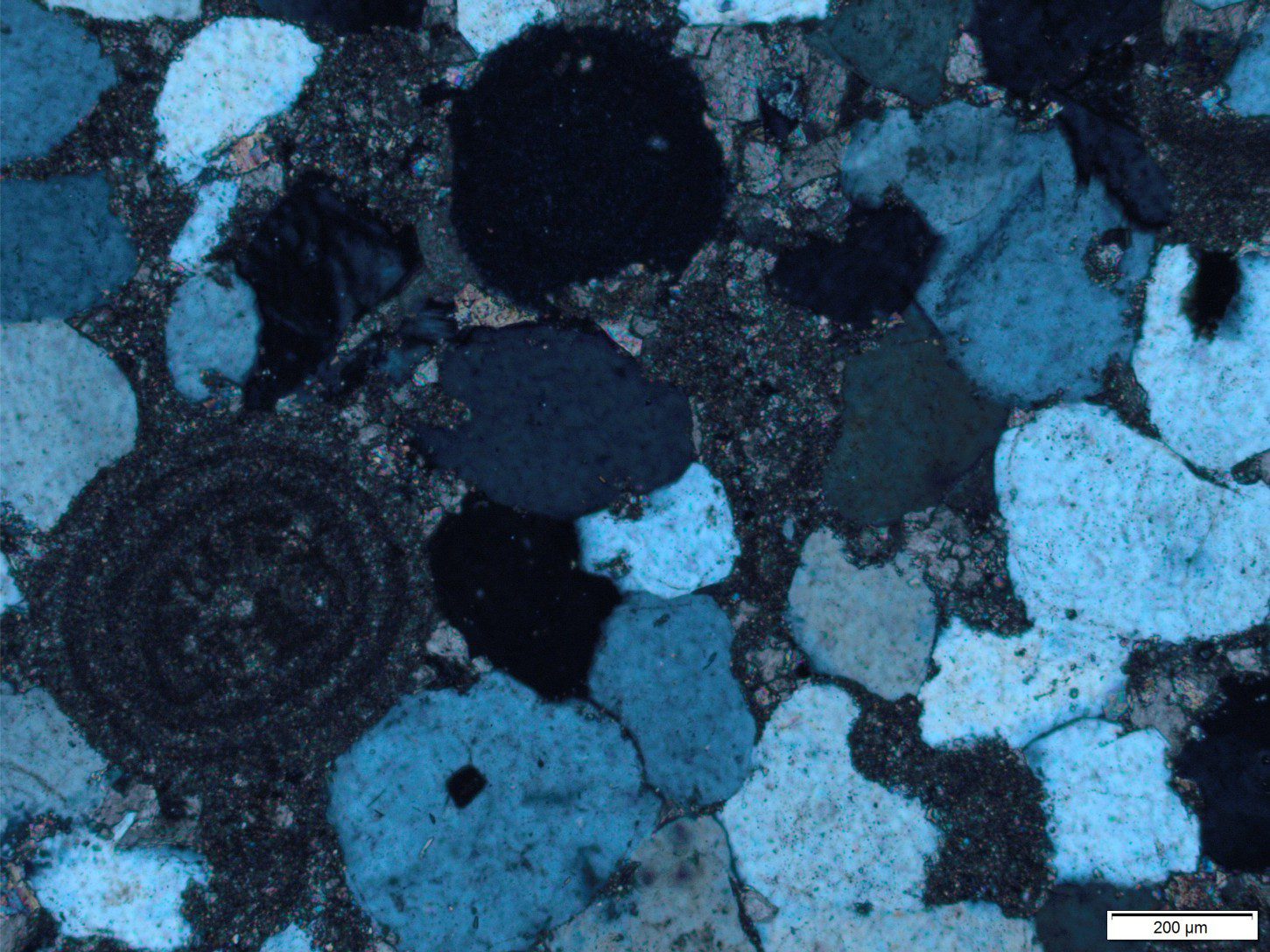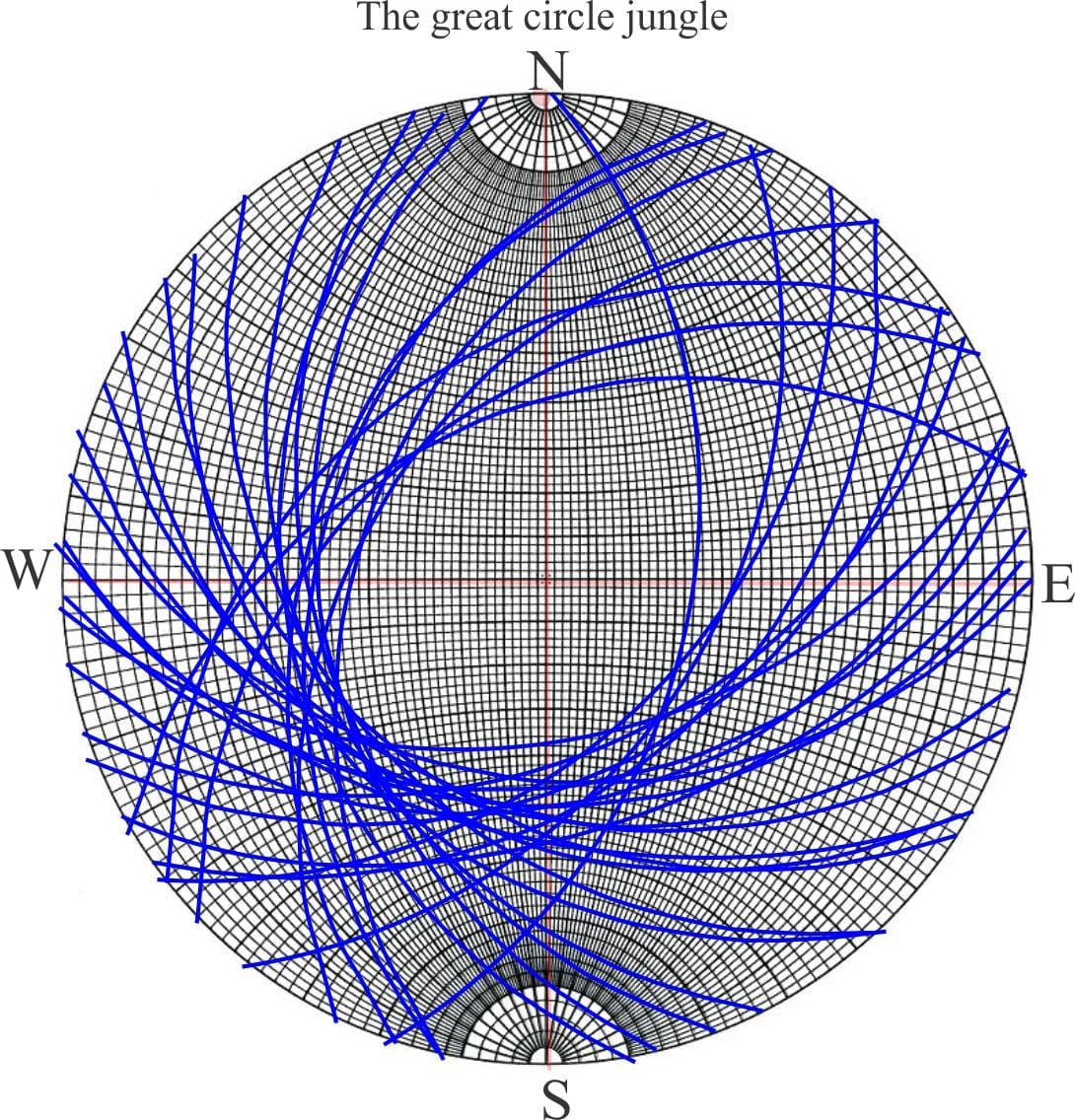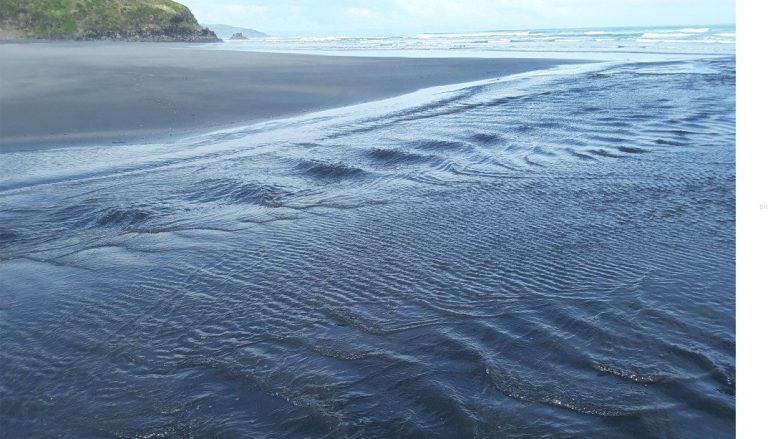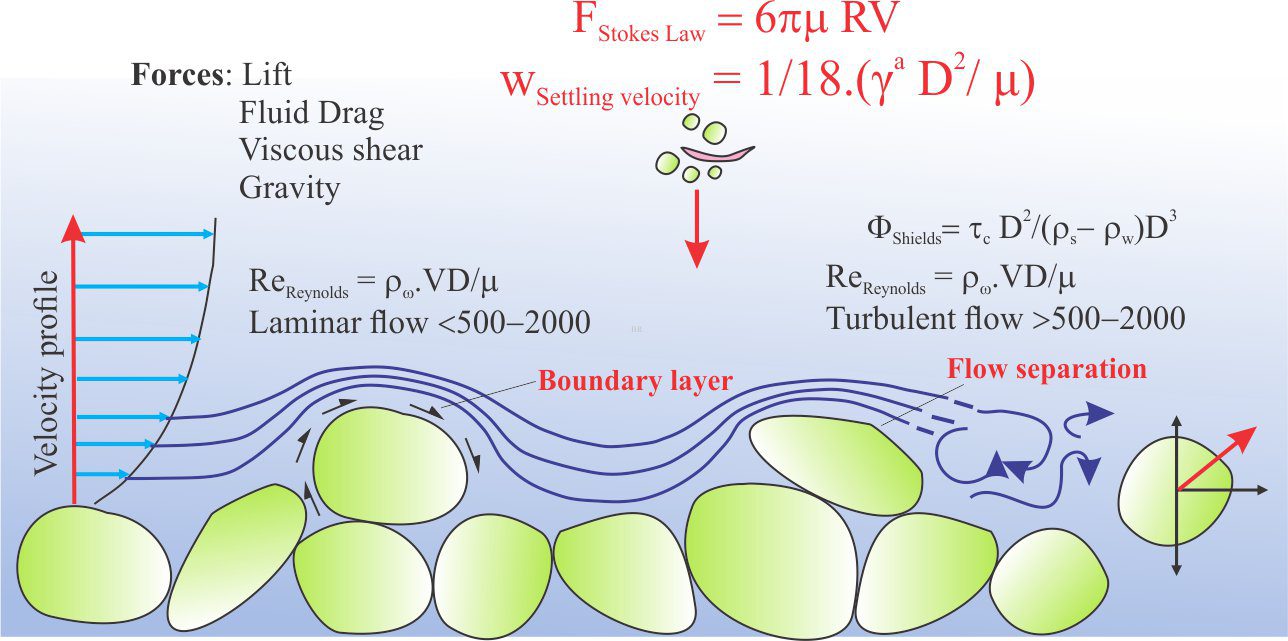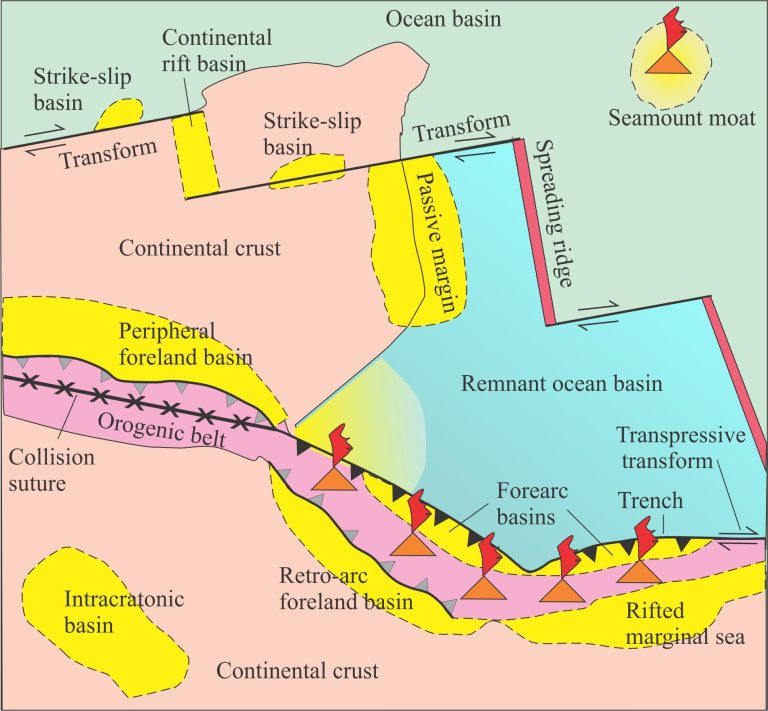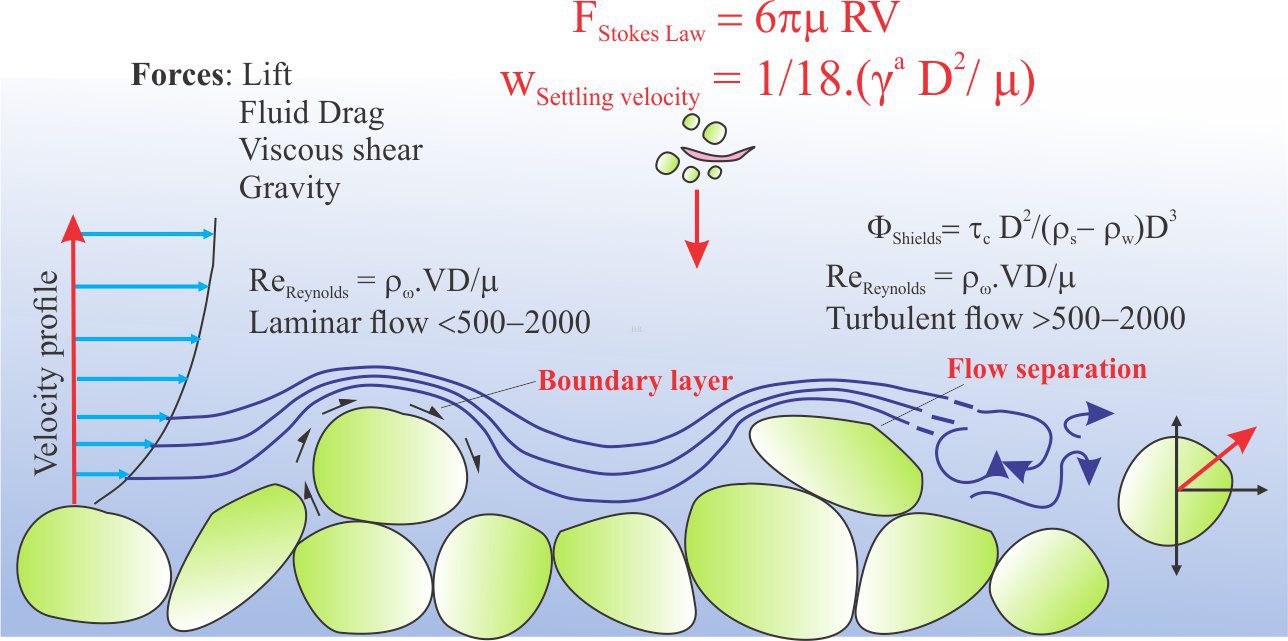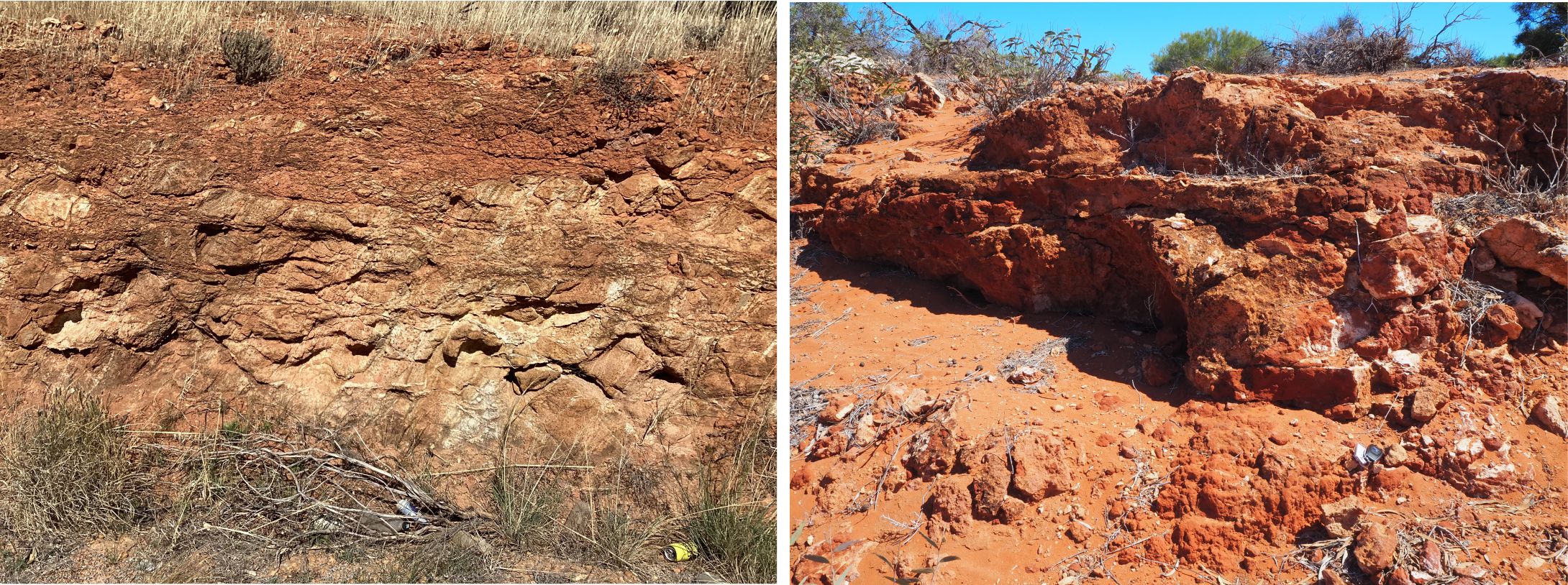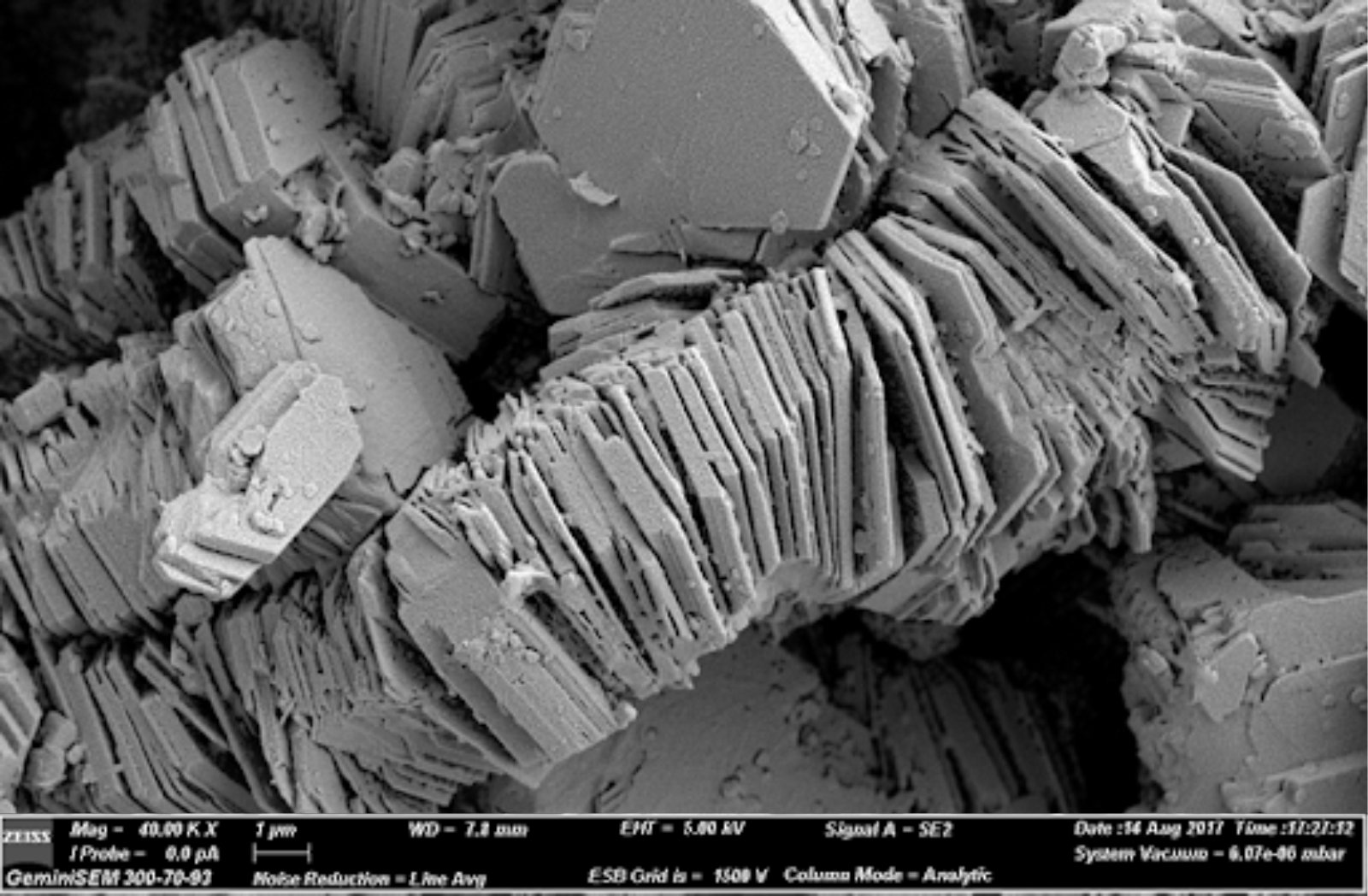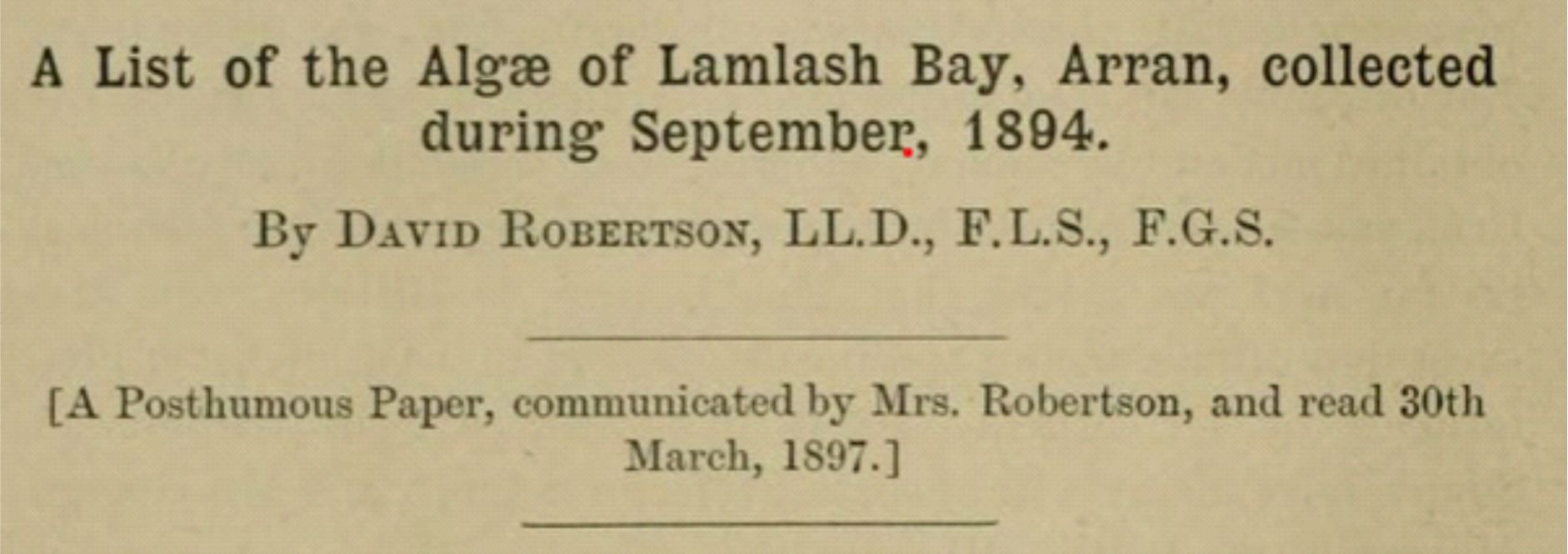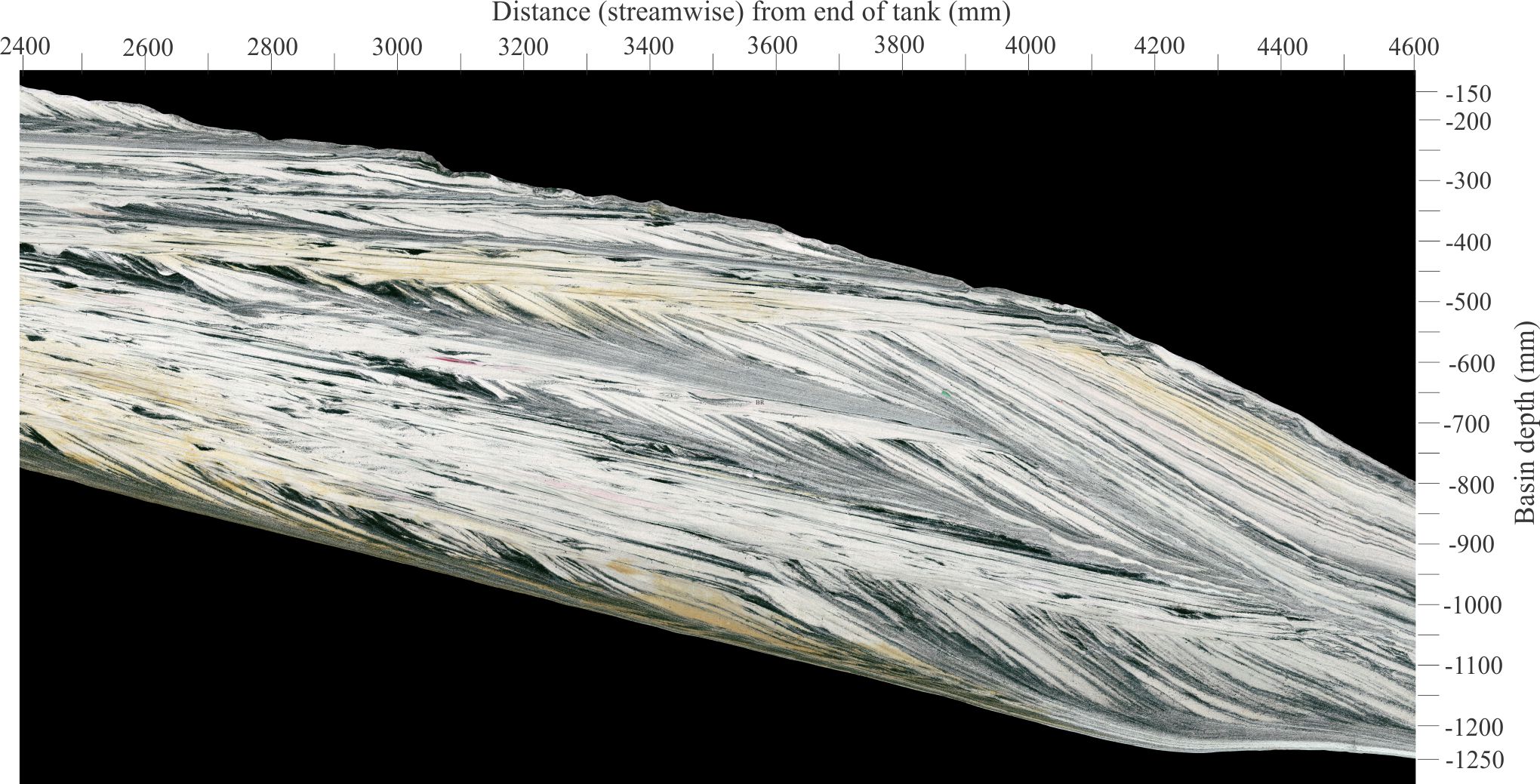The movement of loose sediment by bedload and suspension loads in flowing water and air
This is part of the How To…series on physical sedimentology
Movement of sediment creates beds, structures within beds (e.g. laminations, crossbedding), and entire depositional systems like deltas and submarine fans. The processes by which sediment moves determine what the deposit will look like: a train of ripples, turbidites, a layer of mud, or Martian sand dunes. In this post we will examine two of these processes:
- the case where a fluid, (water, air) interacts with a bed of loose sand – i.e. bedload transport, and
- where sediment accumulates from a suspension of water and fine particles.
Bedload
As the name suggests, this element of sediment movement consists of loose, granular particles at the sediment-water interface (such as a stream bed or tidal flat). Air or water that moves across the bed will being to move grains if the flow velocity is great enough to overcome the force of gravity and any resistance at grain contacts. This is the threshold velocity.
The bedload contains two main components:
- the traction load, or traction carpet, and
- the saltation load.
The various components of force involved in initiation of grain movement are shown above. Here, fluid flowing over a sediment bed produces shear stresses that can be resolved into a component of drag (parallel to the bed) and a lift component normal to the bed. At the threshold velocity when the resultant fluid force on grains is greater than gravity, grains begin to roll, slide and jostle along the bed like a moving carpet – the traction carpet.
The short video is of wind ripples where sand moves in a traction carpet (viewed best in full screen).
As flow velocities increase, so too will the lift component of fluid forces and grains may temporarily leave the traction carpet, bouncing along with the flow; this process is called saltation. The saltation load is included in bedload because grain excursions into the fluid are short-lived. Saltating grains tend to travel much farther in air than their watery counterparts because the grain-to-fluid density contrast is much greater. Stand on any sandy beach on a blusterous day and you will witness first-hand the effects of grain saltation. Saltation produces many collisions, and not just against your bare legs. Saltation collisions also result in grain abrasion.
The short video shows a saltation load across a windy, black sand beach (sand consists of magnetite, ilmenite and pyroxenes). Saltation also tends to winnow the lighter pyroxenes, separating them from the denser iron oxides.
The ease with which grains move also depends on their density and shape. Quartz grains will move more easily than heavy minerals of the same size; platy grains like micas, even though they are denser than quartz, will tend to respond hydraulically as lighter particles.
In considering these processes, we also neglect grain cohesion. For most sand and silt-sized particles, cohesive forces will be negligible. This is not the case in fine grained sediment that contain clays. In this situation, clay particles tend to adhere to each other because of electrical charges inherent in their crystal structures. Once clays have been deposited, it is difficult to remobilize them as individual particles because of electrically induced cohesion; if erosion does occur it tends to produce lumps of clay, also referred to as rip-up clasts.
The suspension load
Most natural flows in rivers, shallow marine settings and air are turbulent. Even at low-flow velocities, the speed and trajectories of flow can vary considerably – witness the eddies and boils in seemingly tranquil streams. Very fine particulate sediment (particularly clays) can be kept in suspension for long periods by turbulence; the stresses generated by turbulent flow balance or overcome the gravitational force acting on the particles.
If turbulence decreases significantly, for example when a river empties into a lake, then most particles will gradually settle to the sediment bed. The rate at which a particle settles out of suspension is called the settling velocity, where the force of gravity (downwards) exceeds the combined effects of upward-directed buoyancy forces acting on a grain and the drag on a particle caused by fluid (viscous) resistance. Thus, the rate of settling depends on the size, shape and density of particles, and the viscosity of the fluid. In general, settling through air is much more rapid than through water.
Both bedload and suspension load are important processes in the generation of sedimentary structures. In particular, bedload transport of loose sand is the critical process for growth of bedforms and their internal cross-stratification (crossbedding). The description of bedforms (crossbeds) and the flow conditions (flow regime) under which they form have been described in other posts.
Links to related topics
Crossbedding – some common terminology
The hydraulics of sedimentation: Flow Regime
Fluid flow: Froude and Reynolds numbers
Describing sedimentary rocks; some basics
Analysis of sediment grain size distributions
Sedimentary structures: Shallow marine
Reference
One of the best for sediment hydraulics
J.R.L. Allen, 1992. Principles of Physical Sedimentology. Chapman & Hall.

